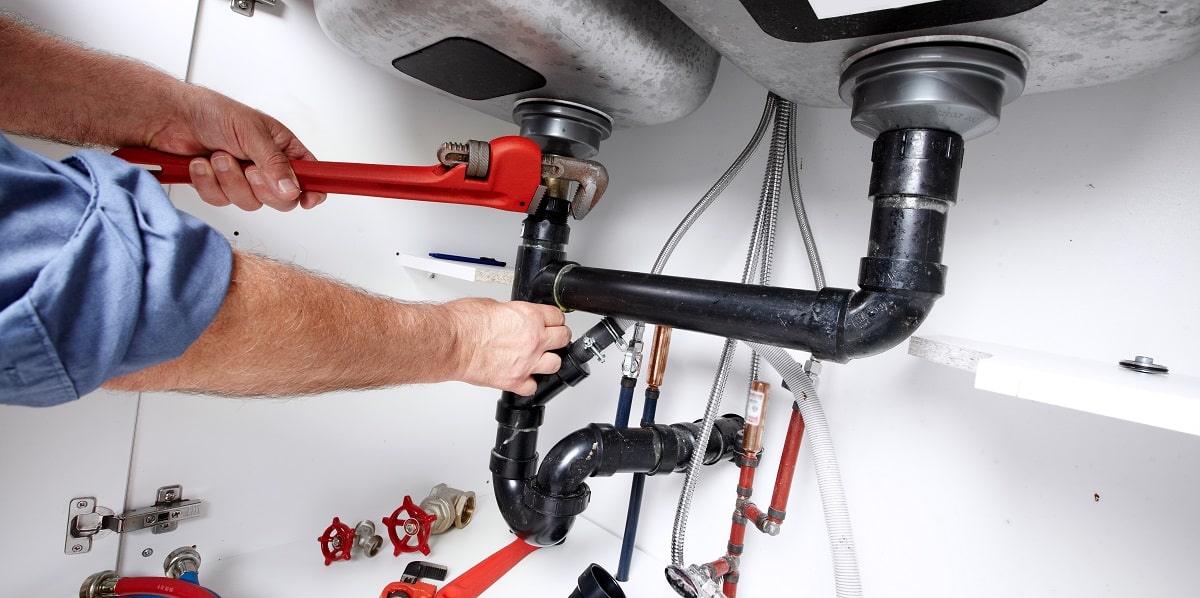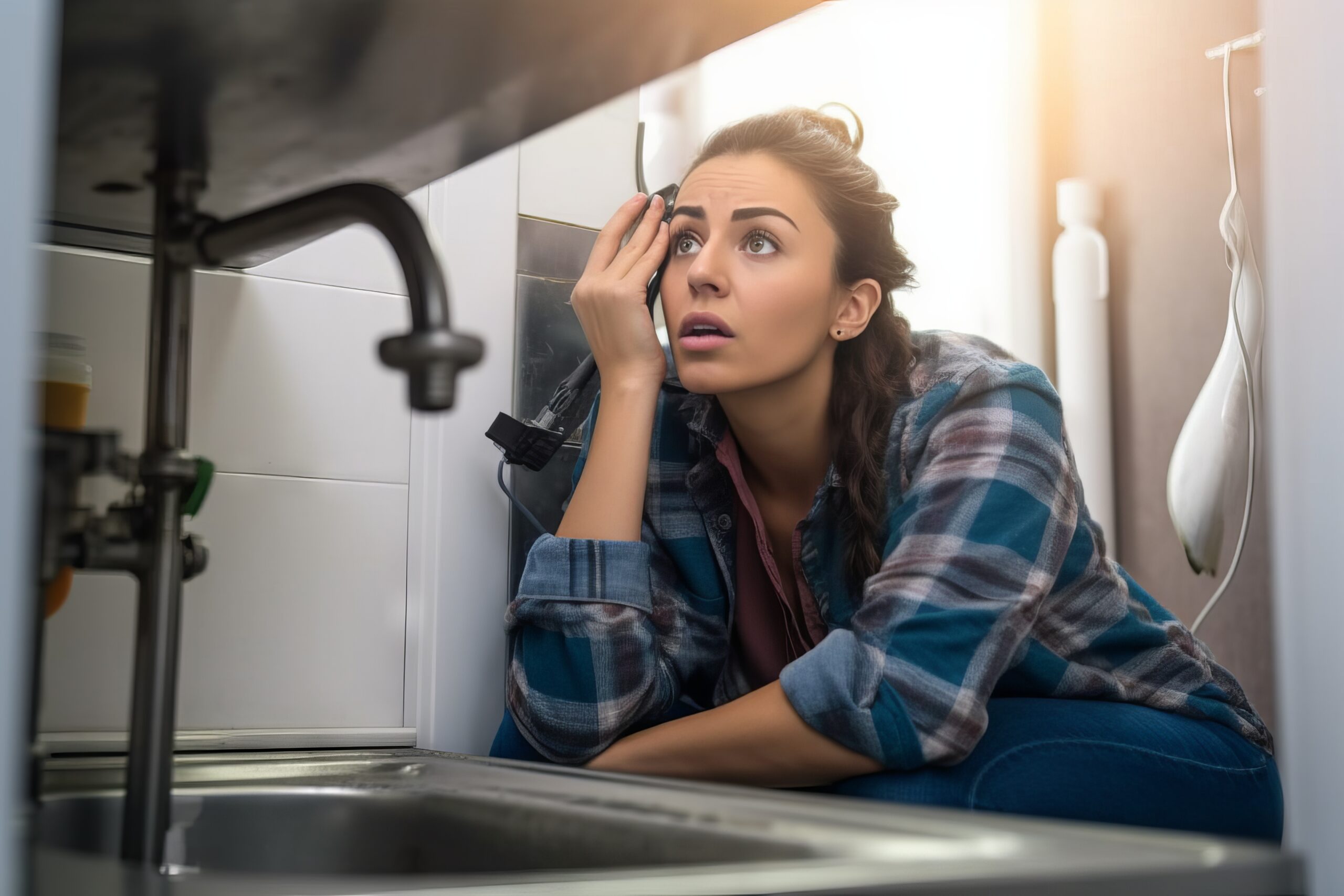Guide to Managing Plumbing Problems in Older Homes
Guide to Managing Plumbing Problems in Older Homes
Blog Article
Just about everyone will have their unique idea in relation to Common Plumbing Problems in Older Homes.

Older homes usually include charm, personality, and history, but they can likewise bring a host of plumbing issues. Whether you're managing aging pipelines, low water stress, or leaks, knowing exactly how to attend to these common troubles is important to maintaining a risk-free and functional home. In this overview, we'll check out the regular plumbing obstacles dealt with by older homes and give useful remedies to maintain your plumbing in top form.
Comprehending Usual Plumbing Problems
Aging Pipelines
Among the most typical concerns in older homes is aging pipelines. Relying on the era in which your home was built, the pipelines could be made from materials that have actually deteriorated in time, such as galvanized steel, cast iron, or perhaps lead. These materials can wear away, become breakable, or create leaks, causing water damages and potential carcinogen.
Water Quality Testing
Older pipelines can influence the quality of your water. Conduct a water high quality examination to check for pollutants such as lead, corrosion, or various other impurities that may be presented by maturing pipelines.
Solutions for Typical Pipes Problems
Changing Aging Pipelines
If your home has old, wearing away pipes, consider replacing them with modern materials like copper or PEX. This can be a substantial financial investment, but it will avoid future issues and improve the security and integrity of your pipes system.
Fixing Low Water Pressure
To repair low water pressure, start by cleaning or replacing old fixtures and eliminating mineral accumulation in the pipelines. If the issue continues, it might be needed to change areas of rusty pipelines.
Repairing and Replacing Leaking Pipes
For small leaks, you can use pipe clamps or epoxy putty as a short-term repair. Nevertheless, it's finest to replace leaking pipes entirely to prevent additional damage.
Upgrading Fixtures
Upgrading old fixtures to modern-day, water-efficient versions can improve your home's pipes efficiency and minimize water usage. Try to find components with the WaterSense tag for the best efficiency.
Handling Pipe Rust
If your pipes are worn away, replacing them with corrosion-resistant materials like copper, PVC, or PEX is the most effective option. Routine inspections and water top quality upkeep can assist protect against better rust.
Low Water Stress
If you're experiencing low tide pressure, maybe due to mineral deposits, deterioration inside the pipes, or old components that are no more functioning successfully. This can be a major hassle, especially in locations like showers and sinks.
Leaking Pipelines
Leaks are an additional regular issue in older homes, frequently brought on by corroded or damaged pipes. Even little leaks can cause considerable water damage, mold growth, and raised water bills otherwise addressed immediately.
Obsolete Fixtures
Obsolete plumbing fixtures such as taps, bathrooms, and showerheads not just look old however may additionally be less reliable, susceptible to leakages, or incompatible with modern-day plumbing criteria.
Pipe Deterioration
Rust is an usual issue in older pipelines, particularly those made from galvanized steel or actors iron. Rusty pipes can limit water circulation, trigger staining, and eventually cause leakages or pipe ruptureds.
Evaluating the Problem of Your Plumbing
Evaluating Visible Pipelines
Beginning by examining any kind of visible pipes in your house, such as those in basements, crawl spaces, or under sinks. Search for signs of rust, leakages, or rust, which can suggest underlying concerns.
Checking for Leaks
Look for leaks by examining locations around taps, toilets, and under sinks. You can likewise check your water meter prior to and after a period of no water make use of to detect concealed leakages.
When to Call a Specialist
While some plumbing problems can be managed with DIY remedies, there are times when it's best to contact a specialist. If you're dealing with major leaks, substantial corrosion, or are uncertain regarding the problem of your pipelines, a qualified plumbing can offer skilled assessment and repair work.
Preventive Maintenance Tips
Routine Assessments
Consistently evaluate your pipes system for signs of deterioration. Capturing problems early can stop pricey fixings down the line.
Water Stress Law
Ensure your water pressure is within the recommended range to stay clear of emphasizing your pipelines and components. A plumbing professional can set up a pressure regulator if needed.
Water Quality Maintenance
Set up water filters or softeners if your water high quality is poor. This can safeguard your pipes and components from damages triggered by difficult water or contaminants.
Proactive Pipe Substitute
If your home has older pipes, consider proactive substitute prior to major problems arise. This can conserve you from emergency situation repair services and water damage.
Verdict
Managing pipes concerns in older homes calls for a combination of vigilance, preventative upkeep, and prompt upgrades. By recognizing the typical difficulties and knowing when to seek specialist help, you can ensure your pipes system continues to be useful and trustworthy for many years to come.
7 Common Plumbing Issues in Older Homes
Read More Plumbing Articles
Whether you're mulling over purchasing your dream period property, or you already own one, being aware of common plumbing problems in old homes can help you avoid expensive mishaps.
Many plumbing problems in old homes are similar to those faced in newer properties, but some are more prevalent in houses over a certain age. If you've recently bought an old house or haven't had your aging plumbing system inspected in a while, it's worth keeping an eye out for the following issues:
Bad Pipe Materials
Depending on the age of your home, the pipe materials used in your plumbing system may not comply with modern building codes and could be unsafe.
Lead pipes are the most dangerous type of old plumbing pipes. This metal was once used extensively for manufacturing water pipes because it's easy to shape and has a long lifespan. Plumbers also used it to solder joints between pipes made from other materials. However, lead can cause serious health problems, particularly in children. Drinking water from pipes containing lead can lead to lead poisoning symptoms, such as stomach pain and fatigue, so it's essential to replace them if you discover them in your home.
Outdated Fixtures
Even if the previous owners installed high-quality fixtures, these won't be immune to the effects of age and wear and tear. Over time, fixtures can corrode and wear down, increasing the likelihood of leaks and clogs.
Sometimes, an outdated fixture can be a minor irritation that makes using your plumbing system less convenient. However, it's best to maintain older plumbing components carefully and replace them when they show signs of failure to avoid a major leak and water damage.
Corroded or Leaking Pipes
Corroded pipes are a common plumbing issue in old homes. Corrosive substances in the water supply can gradually break down the metal used to make the pipes, eventually causing leaks. Corrosion can also cause sediment to build up, increasing the chances of a clogged pipe. All these issues take time to develop, making them more likely in old house plumbing.
Drain Problems
Older home drainage systems were often installed before the arrival of appliances such as garbage disposals, so they're frequently incapable of handling modern household usage. The result could be frequent clogs or water backing up into sinks and other fixtures.
A failing sewer line is the most serious drainage issue commonly encountered in old houses. This problem is more likely if you've remodeled your home to add more fixtures, placing more pressure on a sewer line not designed for the purpose. Eventually, the line can become clogged, causing unpleasant indoor smells, poor drainage and contaminated wastewater backing up into your fixtures.
Pipe Bellies
Pipe bellies develop when pipes buried in your home's foundation start sagging as the building settles. They create downward slopes, affecting water drainage and increasing the risk of significant blockages. You don't need to worry about pipe bellies in a pressurized main line, as the water pressure prevents the pipes from clogging, but they can cause issues in drain lines.
Root Intrusion
Root intrusion occurs when trees and other shrubs grow roots too close to your sewer line or water service line. Sometimes, the roots penetrate the pipe walls, leading to leaks and soft or wet areas in your yard.
Unfortunately, root intrusion is a more common plumbing problem in old homes. That's because older houses are more likely to have pipe bellies allowing standing water to accumulate, attracting roots to the moist conditions.
https://www.elocal.com/resources/home-improvement/plumbing/faq/plumbing-issues-in-older-homes/

Do you appreciate more info about ? Leave a short review down below. We'd be delighted to know your thinking about this content. Hoping that you come back again later on. You should take a moment to promote this post if you appreciated it. I enjoy reading our article about Main Plumbing Issues Found in Old Houses.
Suggested Site Report this page